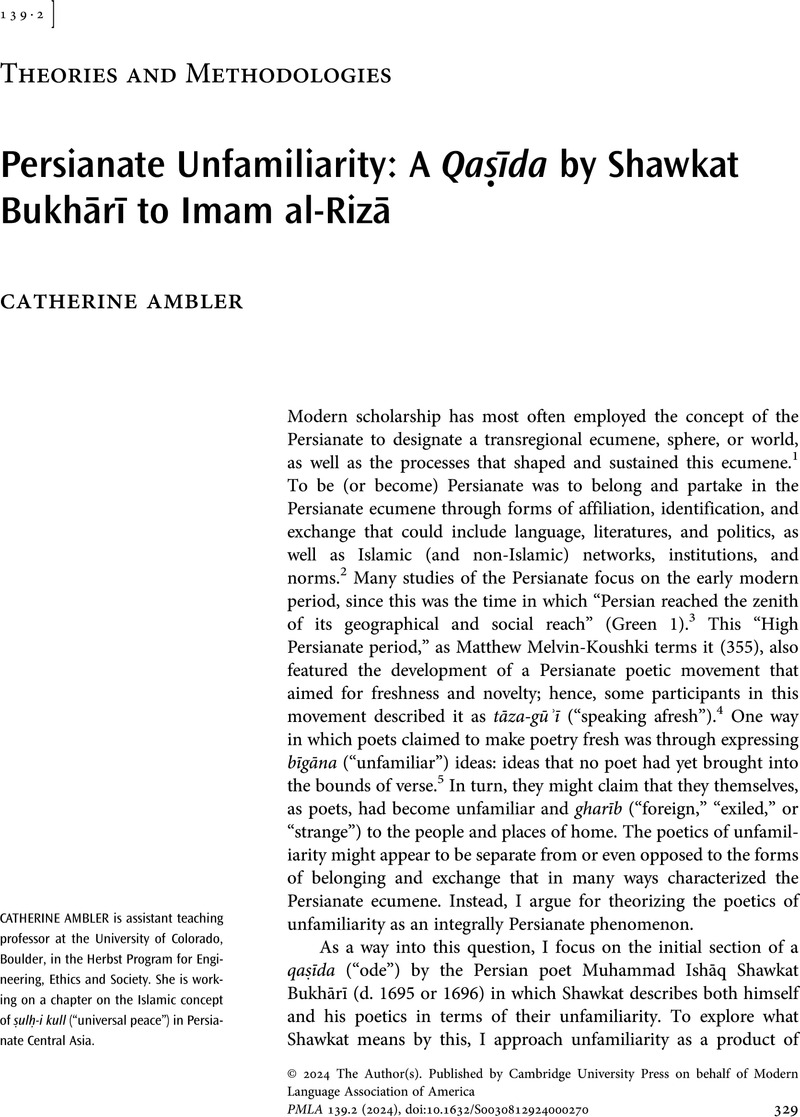Crossref Citations
This article has been cited by the following publications. This list is generated based on data provided by Crossref.
Jayus, Muhammad
Karimah, Siti
Latifah, Arif
and
Irham, M.
2025.
The Systematics of Civil Law Studies in Sahih Bukhari: A Comprehensive Analysis.
KnE Social Sciences,
Vol. 10,
Issue. 8,
p.
68.


